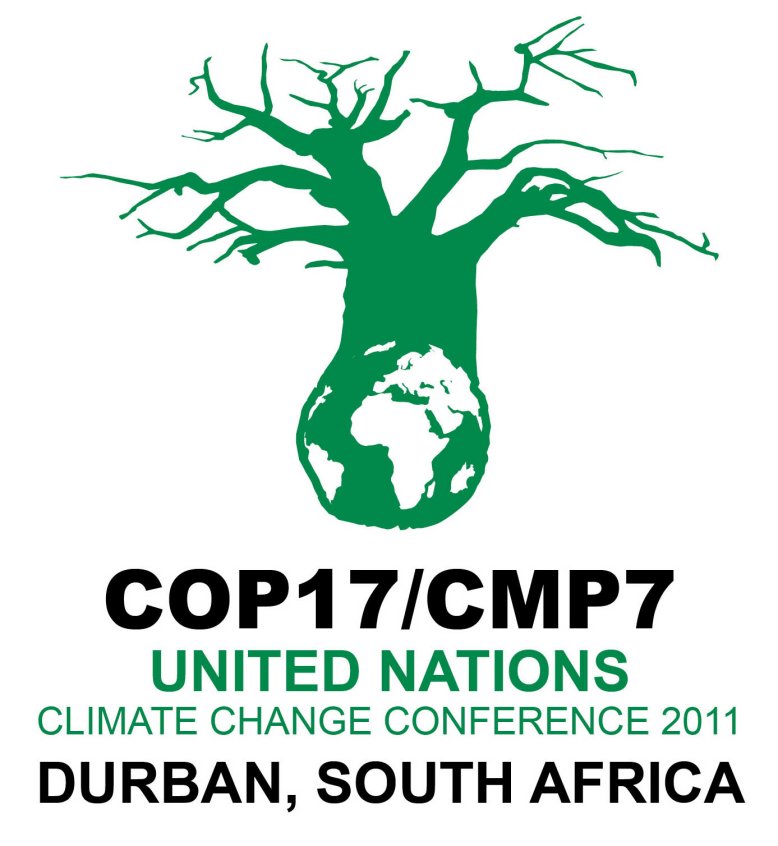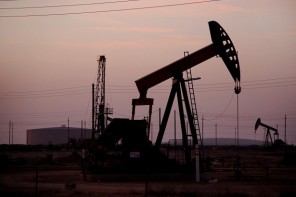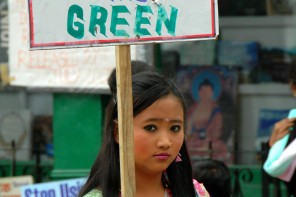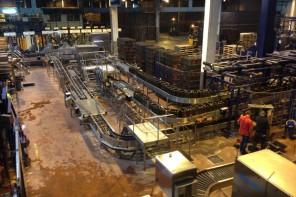There are several climate change meetings where world leaders and groups gather to discuss global warming, CO2 emission reduction targets, climate change funding mechanisms and more throughout the year. The United Nations Climate Change Conference is arguably the largest, most important annual meeting. This year, representatives from the world’s governments, international organisations and civil society will be flocking to Durban from 28 November – 9 December 2011 to discuss the advancement of the Kyoto Protocol and the Bali Action Plan.
What is the “COP”?
The Conference of the Parties (COP) is the highest decision-making authority, which comprises people from all the countries that are part of the Convention. This authority tracks and examines commitments made from different countries and it is basically responsible keeping track (and pursuing) international efforts that are made to curb climate change.
The Kyoto Protocol and the Bali Action
The Kyoto Protocol sets binding emission reduction targets for 37 industrialised countries and the European community for reducing greenhouse gas (GHG) emissions. This protocol was signed on 11 December 1997 in Japan and entered into force on 16 February 2005.
What makes the Kyoto Protocols so important is the fact that it has legal commitments from countries to reduce their greenhouse gas emissions (which amount to an average of 5% against 1990 levels over a five-year period 2008 – 2012). Seeing as the commitment period ends within a few months, it is critical that world leaders are able to negotiate a new international framework that countries will commit to.
The Kyoto Protocol helps countries meet their emissions targets through a number of market-based “Kyoto mechanisms” such as emissions trading (known as the carbon market), the Clean Development Mechanism (CDM) and Joint Implementation.
Countries reviewing their position on the Kyoto Protocol
After the United Nations Climate Change Conference in Bonn, Germany in June, countries who had previously committed to the protocol (including Japan, Russia and Canada) said they were reviewing their position on signing the treaty for a second commitment period. If large, industrialised nations aren’t able or willing to participate in enforcement a second period of the Kyoto Protocol (or a similar legally binding agreement), there won’t be a way to force countries to commit to reducing their greenhouse gas emissions, which could lead to accelerated global warming. The Kyoto mechanisms, such as the Clean Development Mechanism, could also be jeopardised.
What’s our role?
Since the first COP meeting, everyone has been negotiating to find a legally binding and fair tool that would replace the Kyoto Protocol. This year, South Africa will be the host country and act as a facilitator to negotiations between countries.
Whille the past two years’ meetings tried to pave the way to a legally binding agreement to curb CO2 emissions, many critics felt these events were disappointing due to their failure to achieve such an agreement. However, positive strides have been made – at Cop15 (held in Copenhagen in 2009), the Copenhagen Accord – where South Africa was one of the countries that committed itself to emission reductions – was signed. South Africa has committed to reducing emissions by 34% by 2020 and 42% by 2025 (this is a conditional commitment and depends on a legally binding agreement as well as financial, technological and capacity building assistance from other countries).
At COP16 (held in Cancun, Mexico in 2010), the Cancun Agreements – which include a set of climate change decisions and solidified the role of the UNFCCC at the centre of international climate change policy – were signed. The progress made during the previous two COP meetings place COP17 in a good (and critical) position to decide the fate of a legally binding agreement.
Planning and preparations
Around 40 000 delegates are expected to attend the event, which will be held at the Chief Albert Luthuli International Convention Centre and the Durban Exhibition Centre. South Africa’s National Treasury has contributed R200-million towards hosting the event to cover costs such as security, visas, hiring the convention centre and logistics.
Quick fact:
2011 doesn’t mark the first year that the COP has been held in Africa – in 2006, the second meeting of the Parties to the Kyoto Protocol (CMP 2) and the twelfth session of the Conference of the Parties (COP12) were held in Nairobi, Kenya.











